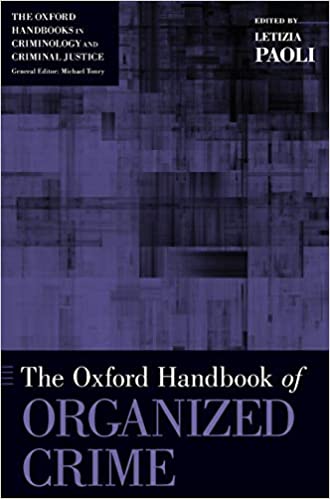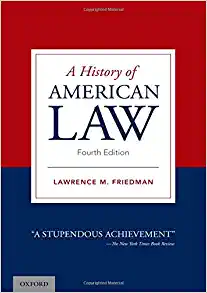While the success of national and international law enforcement cooperation to suppress organized crime means that stable, large-scale criminal organizations like the Cosa Nostra or the Japanese Yakuza have seen their power reduced, organized crime remains a concern for many governments. Economic globalization and the easing of restrictions on exchanges across borders now provide ample opportunity for money-making activities in illegal markets. Policies designed to stop illegal market flows often shift these activities to new places or create new problems, as the U.S.- led war on drugs spread production and trafficking to a number South and Central American countries. The Oxford Handbook of Organized Crime provides informed, authoritative, and comprehensive overviews of these issues and other principal forms of organized crime, as well as the type and effectiveness of efforts to prevent and control them.
Leading scholars from criminology, law, sociology, history, and political science discuss the key concepts, history, and methods of organized crime; the major actors and interactions involved in it; the markets and activities frequently associated with organized crime; and the policies designed to combat it. Individual chapters on criminal organizations and specific activities or markets comprise the heart of the volume. The chapters on actors provide the history, analyze the structure and activities, and assess the strength and future prospects of each organization. Articles on particular markets address the patterns of activity, identify the most affected regions, and where possible provide estimated revenues, discuss factors promoting the activity, and disclose information on the victims and harms caused. The Oxford Handbook of Organized Crime delivers a systematic, high-quality, and truly global approach to the topic and with it a more complete understanding of organized crime in
its many forms for researchers, government officials, and policymakers.






